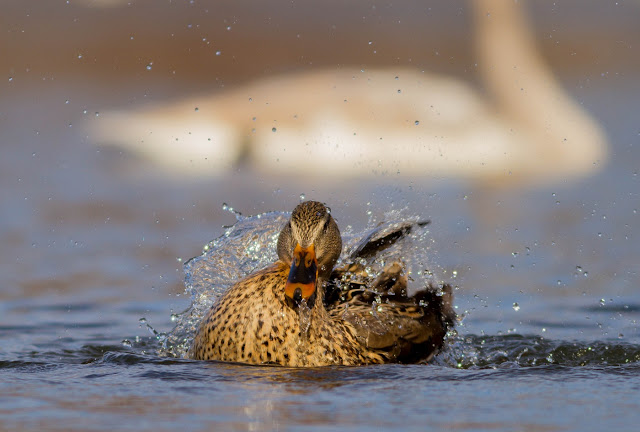Variations on a Theme 25 May 2016
Golden-winged Warbler, full song
Northwest Wisconsin, my home, is a globally significant region in the conservation of the Golden-winged Warbler. Since moving to the Saint Croix River valley in late 1999, I have become very familiar with the Golden-winged Warbler, and I have come to expect a day in late spring or summer to include at least one. We share the same overall biogeography, this species and I. Northern Wisconsin supports 25% of the world's population. Northern Minnesota supports an estimated 50% of the world's population, and parts of eastern Canada and the eastern United States support the rest. They are on the fast track to Endangered status, having disappeared in vast stretches of more southerly breeding habitat, and the accountability in saving this species runs deep. The Golden-winged Warbler is not merely "our" bird. It overwinters in much of Central America and northern South America. While we provide the breeding habitat, survival of the young depends upon safe migration through corridors of good habitat throughout the eastern United States and successful overwintering in tropical America. Traveling through the Americas, it is said often, and it is worth repeating for the sake of this beautiful bird...we are ALL Americans. Together, a common goal of conservation biology is paramount to the keeping the beauty alive for our great grandchildren. As cliche' as it may sound, we really, really MUST embrace the common goal and save the birds!
In Polk, Barron, and Burnett Counties, the Golden-winged Warbler is a common bird, a luxurious reality that hides its globally delicate hold on survival. Here, males compete angrily for territories and establish breeding sites in a variety of habitats, all with a common collection of themes. Golden-winged Warblers need thicket edges, areas of dense, young trees and shrubs, margins of tall grasses, sedges or herbaceous weeds, and a not-so-distant lot of older, mature trees. These habitats seem to play out best where alder swamps along streams meet with wet meadows and young aspen woodlots in a mosaic of healthy forest. Less so, but still importantly, managed forests with some clear-cuts and young aspen generation attract Golden-wings. So long as Northwest Wisconsin has healthy and wild streams cutting through large parcels of wild land, we will have Golden-winged Warbler habitat. Some active forestry practices sprinkled here and there seem to help plenty too. Like all things, moderation is key, as the breeding pairs also need adjacent parcels of mature deciduous forest in which to hunt for caterpillars.
Polk County, my home, provides ample opportunities for the success of this species. Climate change and changing political climates may threaten it to some extent here too. Vigilance and voice will help stretch the calendar of days for this species, and love for this bird will bring awareness and action. The Golden-winged Warbler is a spectacular bird. May it continue to thrive and connect the peace of our nations.
Hey! Saturday, May 27th, 2017 is the date set for the Polk County Early Bird Whip-poor-will Bird Hike. We are meeting at Straight Lake State Park's southern parking lot at 8:30 AM! Located near, Luck, Wisconsin, we meet a couple of miles north of the intersection of Hwy 48 and Polk County GG. The hike is sponsored by the Gaylord Nelson Audubon Society. This hike is a virtual guarantee for Golden-winged Warbler viewing and photography! Early birds can also meet us at 4AM at Lion's Park, Saint Croix Falls, Wisconsin on that day to caravan to the Sterling Barrens, a managed forest landscape rich in bird life (especially Golden-winged Warblers). We depart for Straight Lake from there at 8AM sharp to meet the Straight Lake crew by 8:30. Check out Luck, Wisconsin's downtown area after the hike! I am a big fan of Cafe Wren, Morley's Maple Syrup, Natural Foods Co-op, and VanMeter Meats! Good Birding!






















